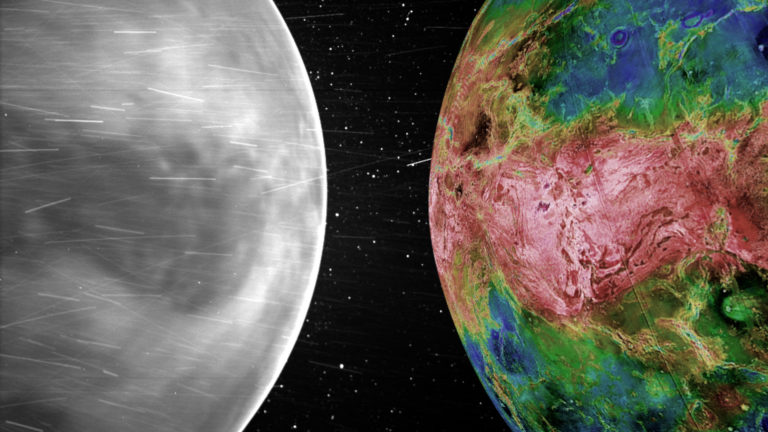Exclusive: Parker Solar Probe captured the first visible light images of the surface of Venus. They are spectacular.
Parker Solar Probe returns to NASA’s attention after capturing spectacular images of the surface of Venus. Parker captured the first visible light images of the surface of Venus from space. And the images captured by the space probe are quite clear compared to others. Even though there are usually thick clouds above the surface of Venus, it was not a problem for Parker, probably making some of the clearest images of the surface of Venus after two flybys.
We call them images, the ones captured by Parker, but we should best call them “a new view of Venus” because a lot of images of Venus have been made in the past.
“Parker used its Wide-Field Imager, or WISPR, to image the entire nightside in wavelengths of the visible spectrum – the type of light that the human eye can see – and extending into the near-infrared.” said NASA.
Of course in the images is the planet Venus that we all know, but thanks to the advanced technology of the Parker spacecraft, the images may look a little different, but in a good way. NASA put together all the images made by Parket, in a video. Despite the faint glow from the surface of Venus, the space agency says we can see distinctive features such as continental regions, plains, and plateaus, plus a luminescent halo of oxygen in the atmosphere.
“We’re thrilled with the science insights Parker Solar Probe has provided so far,” said Nicola Fox, division director for the Heliophysics Division at NASA Headquarters. “Parker continues to outperform our expectations, and we are excited that these novel observations taken during our gravity assist maneuver can help advance Venus research in unexpected ways.”
“Venus is the third brightest thing in the sky, but until recently we haven’t had much information on what the surface looked like because our view of it is blocked by a thick atmosphere,” said Brian Wood, lead author on the new study. physicist at the Naval Research Laboratory in Washington, DC. “Now, we are finally seeing the surface in visible wavelengths for the first time from space.”
Also, all the data collected by Parker helps to better research and understand the planet Venus. These images also help scientists better understand the geology of the planet.
What NASA wanted Parker to observe as it passed Venus was to measure the speed of the clouds and observe them if possible. “The objective was to measure the speed of the clouds,” said WISPR project scientist Angelos Vourlidas, co-author of the new paper and researcher at Johns Hopkins University Applied Physics Laboratory.
But Parker did much more than that. It noticed clouds, but also the surface of the planet Venus, something that surprised NASA, who are impressed by the performance of this mission. “The surface of Venus, even on the nightside, is about 860 degrees,” Wood said. “It’s so hot that the rocky surface of Venus is visibly glowing, like a piece of iron pulled from a forge.”
Do not forget to share your opinion with us to provide you with the best posts !




0 Comments